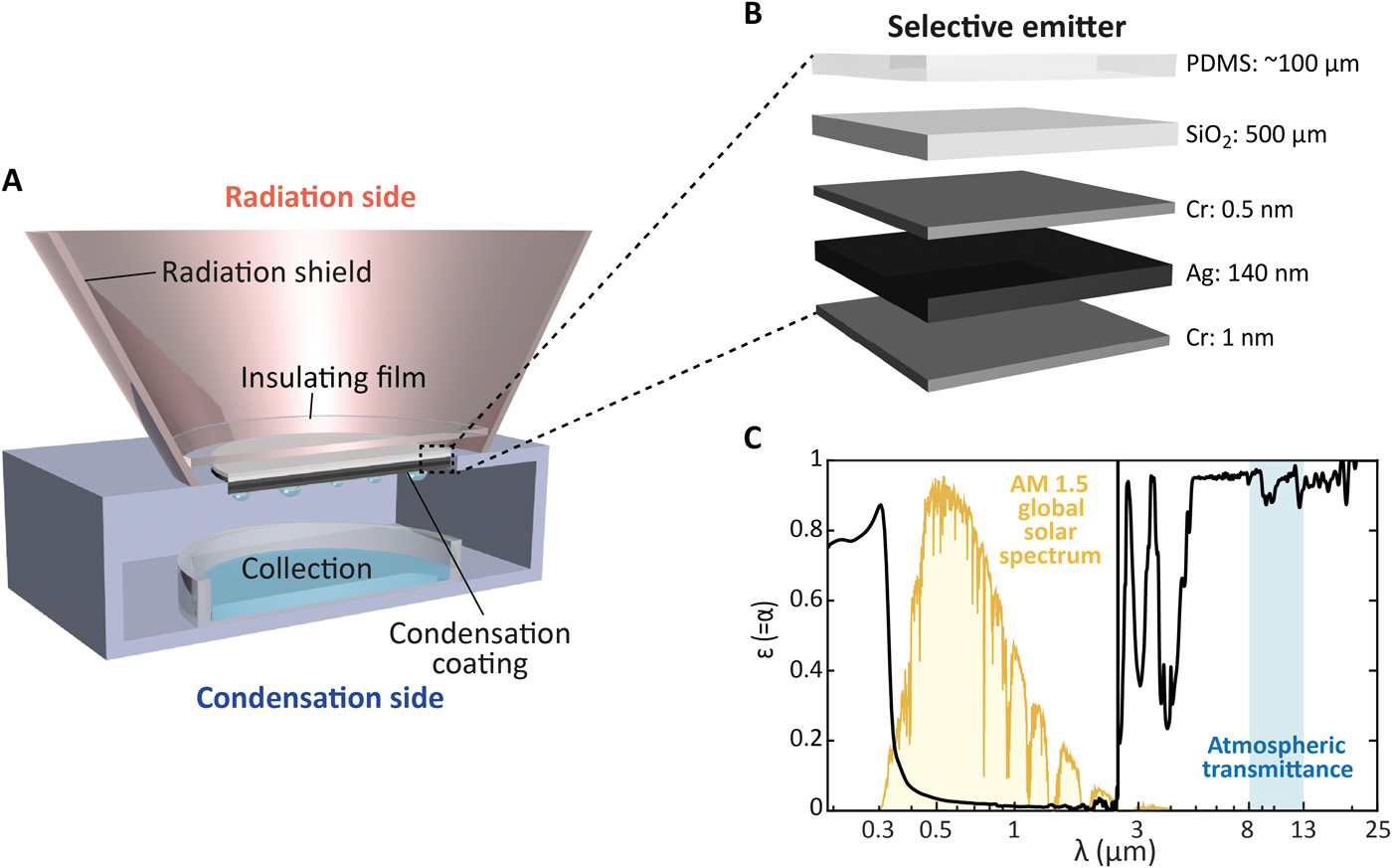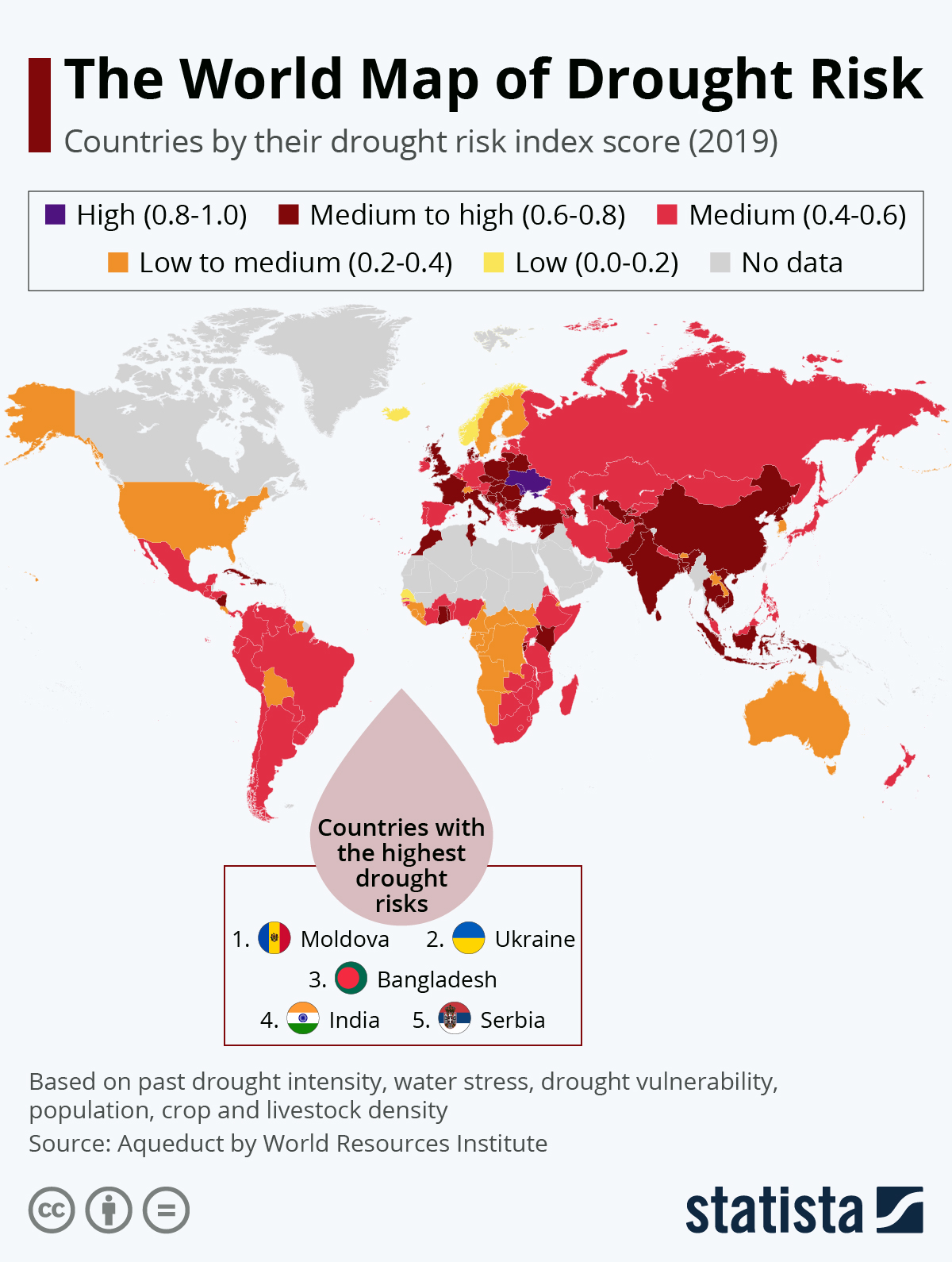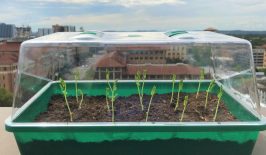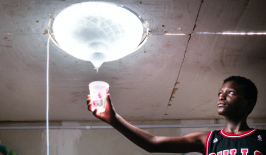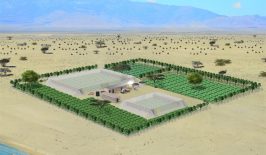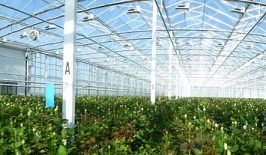For drought stricken environments, there are often ways to produce water from non-typical sources. Coastal regions, for example, can use desalination to turn seawater into fresh water, while alternatively water can be harvested from the atmosphere using cooling technology.
Both of these approaches, however, come with high energy demands – especially relative to the amount of water generated. In regards to condensing systems, passive technologies have been developed which can operate without energy input. But generally, these produce only small amounts of water and often only in specific conditions.
Now, a team at the ETH Zürich has developed a new kind of passive system which can operate around the clock and with increased efficiency. Traditionally, passive condensing systems utilise the swing in temperature difference between day and night cycles. As the temperature cools in the evening, water vapour condenses onto dew-collecting foils, however this water can only then be harvested during the hours of night. During the day, the heat of the sun prevents the process from operating.
The ETH system introduces new methods to keep the dew-collecting surface cool during the day, meaning water continues to condense even under direct sunlight. To achieve this, a glass pane is coated with a specifically designed polymer and silver layers. These cause the pane to emit certain wavelengths of infrared radiation, as well as radiating its own heat back into the atmosphere. This allows the surface to cool to as much as 15 degrees below the atmospheric ambient temperature, which is enough to allow water vapour in the air to condense into water on the underside of the panel.
Another key component of the system is a novel cone-shaped radiation shield which further acts to deflect heat radiation, increasing the cooling effect. The underside of the glass pane is also coated in a superhydrophobic (extremely water-repellent) coating, which allows the condensed water to fall into the collection container on its own. Combined, this means the system can operate entirely passively with no power or direct maintenance requirements.
To test the output of their system, the researchers established a scaled down pilot version of their condenser on the roof of the ETH building in Zurich. A pane of only 10 centimetres diameter was able to produce around 4.6 millilitres of water per day under real-world conditions. This amount would increase in accordance with an increase in diameter of the glass pane. The researchers suggest that a one metre square pane could produce 0.53 deciliters (53 millilitres) of water per hour, or around 1.2 litres per day. This is close to the theoretical maximum value of 0.6 decilitres an hour, beyond which is impossible to exceed. This is based on the maximum amount of thermal radiation that a body can emit through the atmosphere into deep space.
Overall, this amount may seem rather low, and is not even enough to meet the water needs for a single person. However, it is imagined that such systems can be positioned together to increase their yield, while they could also be combined with other methods – such as desalination – to achieve higher results. Ultimately, however, it should be remembered that this amount is harvested with zero expenditure in energy, and only a small amount of human interference. The materials used to produce the system are also relatively cheap, with the team looking to make them even cheaper. This could make the system particularly attractive to rural communities, smallholder farmers and others who are under increased pressure from drought and water shortages.
Water and Insecurity
Droughts have now become a common feature for many nations across the globe, including nations not traditionally seen as at risk. Much of Europe now has a medium to high risk of drought, while the top five ‘at risk’ countries feature some unexpected names. Although Bangladesh and India are included, the Eastern European nations of Moldova, Ukraine and Serbia are also under extremely high risks of drought.
Reliable access to water is also a truly cross-boundary and cross-cutting issue. It affects not only public health at its most fundamental level, but also practically all other facets of states in both the Global North and South. Low water can affect river traffic and trade, or the generation of hydroelectric power. It impacts greatly upon agriculture, and can also make nations more vulnerable to extreme weather events, such as – paradoxically – flooding. According to the World Meteorological Organization, water insecurity costs the global economy around 500 billion USD a year, while flood damage costs an additional 120 billion.
All of this also has the potential to increase intra- and interstate conflict, as many important water sources, such as rivers and lakes exist in transboundary locations. Around 40 percent of the world’s population, and 60 percent of its freshwater flows exist within 275 such transboundary river basins. The desire for states or communities to secure their own water sources, for agriculture, industry or power, has the potential to inflame and contribute to tensions at various levels.
The World Resources Institute suggests that due to the complexity and all-pervasive nature of water security, only multifaceted approaches will be effective in helping to mitigate its impact. These include introducing water demand caps in water-stressed regions, increasing the efficiency of irrigation technologies, using drought resistant crops and farming techniques, restoring areas such as forests and wetlands, investing in wastewater treatment and developing urban water conservation measures – amongst many others.

